世界のガントリー クレーン市場は、工業および建設部門の牽引により、707.59 年までに 2030 億 XNUMX 万米ドルに達すると予測されています。この記事では、ビジネス バイヤーがガントリー クレーンを選択する際に考慮すべき重要な要素について詳しく説明し、プロのバイヤーに貴重な洞察とサポートを提供します。メイン コンテンツに進むと、読者は詳細な分析と、情報に基づいた購入決定を行うための重要なガイドラインを見つけることができます。
目次:
– ガントリークレーン市場の概要
– 詳細な分析と市場動向
– ガントリークレーンを選択する際の重要な要素
– ガントリークレーンの技術的進歩
– 安全基準と認証
– ガントリークレーンの革新的な用途
- 最終的な考え
ガントリークレーン市場の概要
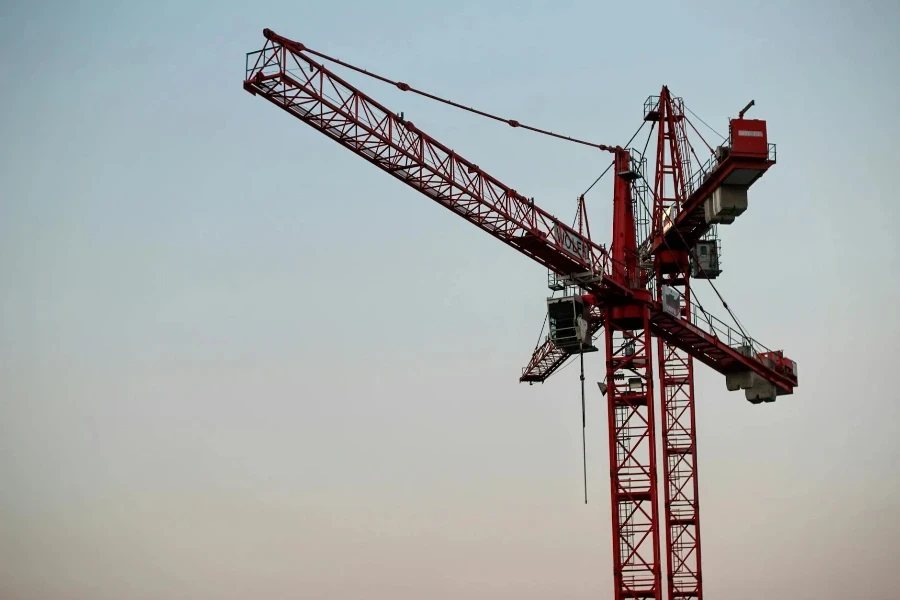
世界のガントリークレーン市場は着実に成長しており、この傾向は今後も続くと予想されています。市場価値は499.34年に約2024億707.59万米ドルに達し、2030年には5.8億XNUMX万米ドルに達すると予測されており、年平均成長率(CAGR)XNUMX%で成長しています。この成長は、重量物の効率的な取り扱いにガントリークレーンが不可欠なさまざまな産業および建設分野での需要増加によって促進されています。
市場は、揚重能力、技術、およびタイプに基づいてセグメントに分かれています。揚重能力セグメントには、0~40トンのクレーンと40.1トンを超えるクレーンが含まれます。技術の進歩により、自律型と手動型の両方のガントリークレーンが開発され、タイプにはカンチレバー型と非カンチレバー型のクレーンがあります。急速な工業化とインフラ整備により、アジア太平洋などの地域では大幅な成長が見込まれています。
市場の主要企業には、Konecranes PLC、Liebherr-International AG、住友重機械工業などがあります。これらの企業は、市場での存在感を高めるために、イノベーションと戦略的パートナーシップに重点を置いています。競争の激しい環境では、進化する市場の需要を満たすために、特に自動化とエネルギー効率の分野で継続的なイノベーションが必要です。
詳細な分析と市場動向
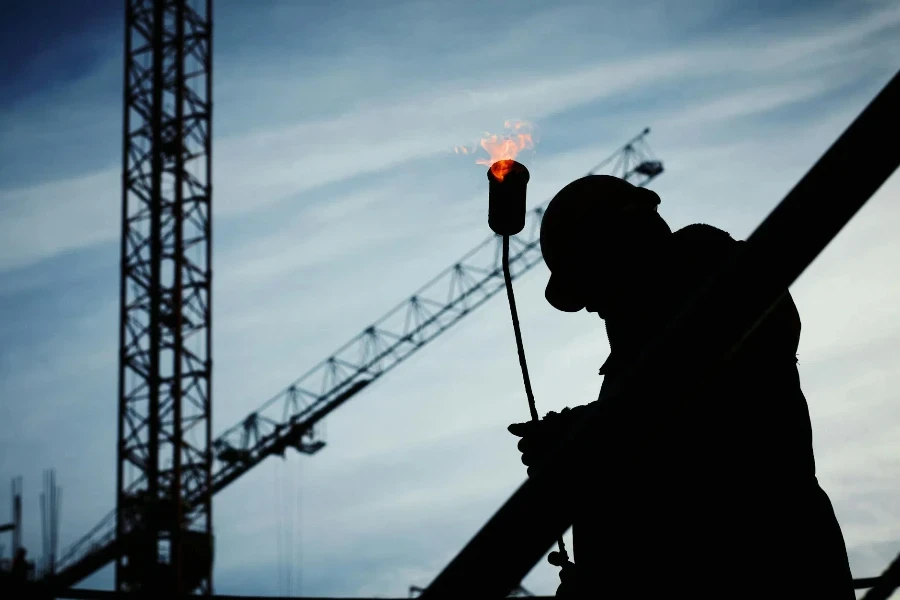
ガントリー クレーン市場には、主要なパフォーマンス ベンチマークや市場シェアの動向など、いくつかの要因が影響します。市場成長の主な原動力には、港湾および複合輸送ターミナル インフラストラクチャの拡張と、自動化されたマテリアル ハンドリング技術の採用の増加が含まれます。ガントリー クレーンに IoT および AI 技術を統合することで、運用効率と安全性が大幅に向上し、手動介入が減り、エラーが最小限に抑えられます。
グローバル化や国際貿易の増加などの経済的要因も市場を押し上げています。世界中の港やコンテナ ターミナルの拡張により、増加する貨物処理量に対応できる高度なガントリー クレーンが求められています。さらに、環境に優しい運用の需要により、エネルギー効率の高い電動ガントリー クレーンが開発され、ますます人気が高まっています。
消費者行動や流通チャネルの好みの変化も市場に影響を与えています。自動化およびデジタル化されたソリューションが好まれるようになったことで、自律型ガントリークレーンの需要が高まっています。予測メンテナンスとリアルタイム監視の必要性から、スマートクレーンソリューションの採用が促進されました。企業は、さまざまな貨物の種類や量に適応し、運用の柔軟性と効率性を高める適応型クレーンシステムを開発するために、研究開発に投資しています。
市場における最近の革新には、ガントリークレーンの設計における軽量素材とモジュール構造の使用が含まれ、これにより機動性が向上し、設置時間が短縮されました。ガントリークレーンの製品ライフサイクルの段階も進化しており、高度なメンテナンス技術と堅牢な構造材料によって機器の寿命を延ばすことに重点が置かれています。市場はクレーン操作のデジタル化に向かっており、高度な制御システムと自動化機能が標準要件になりつつあります。
ガントリークレーンを選択する際の重要な要素
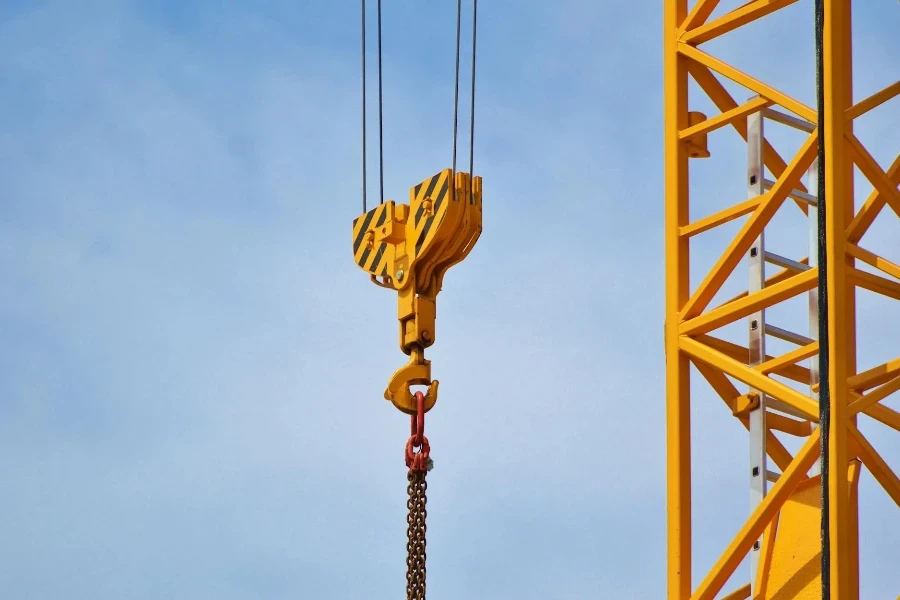
業務に適したガントリー クレーンを選択するには、さまざまな技術的および機能的側面を理解する必要があります。このセクションでは、企業が最も適切なガントリー クレーンを選択するために考慮すべき重要な要素について説明します。
負荷容量
荷重容量は、ガントリー クレーンの性能にとって重要な要素です。これは、クレーンが安全に持ち上げて運搬できる最大重量を指します。機器の故障や安全上の危険につながる可能性がある過負荷を回避するために、取り扱う最大重量を正確に評価してください。ガントリー クレーンの荷重容量は数トンから数百トンまでさまざまで、さまざまな産業ニーズに対応しています。たとえば、造船所のクレーンでは 100 トンの荷重容量が必要な場合がありますが、製造工場のクレーンでは 10 トンしか必要ありません。
スパンの長さ
スパンの長さ、つまり 5 つの支持脚の間の距離によって、クレーンがカバーできるエリアが決まります。作業スペースのサイズと作業内容に基づいてスパンの長さを選択してください。スパンが長いほどカバー範囲が広くなりますが、より堅牢な構造サポートが必要になります。標準的なガントリー クレーンのスパンは 30 ~ XNUMX メートルで、カスタム設計ではこの範囲がさらに広がります。安定性を維持し、安全な操作を確保するには、スパンの長さと荷重容量のバランスをとってください。
持ち上がる高さ
揚高は、クレーンが荷物を持ち上げることができる垂直方向の最大距離です。垂直方向のスペースが限られている環境や、高い積み重ねが必要な環境では重要です。ガントリー クレーンは、小型作業場用クレーンでは 3 メートル、大型産業用クレーンでは 30 メートルを超える揚高まで、さまざまな揚高を提供します。揚高は、持ち上げる最も高いアイテムと作業スペース内の潜在的な障害物に基づいて選択します。スムーズで安全な操作を確実に行うために、頭上空間のクリアランスを考慮してください。
モビリティと柔軟性
移動性と柔軟性は、特にさまざまな場所でクレーンを必要とする業界では重要です。ガントリー クレーンは固定式または移動式です。固定式ガントリー クレーンは高い安定性と積載能力を備えていますが、特定の場所に固定されます。移動式ガントリー クレーンは車輪またはトラックを備えており、作業スペース内を移動できるため、建設現場、造船所、倉庫などで便利です。運用上のニーズと柔軟性の要件に基づいて、固定式と移動式のいずれかを選択します。
材質と構造の品質
ガントリークレーンの耐久性、安全性、メンテナンスの必要性は、材質と製造品質によって決まります。強度と耐摩耗性のため、スチールやアルミニウム合金などの高品質の材質が一般的に使用されています。構造部品は、動作時のストレスや環境条件に耐える必要があります。高度な製造技術と品質管理プロセスにより、クレーンは業界標準を満たします。優れた製造品質に投資することで、耐用年数が長くなり、ダウンタイムが短縮され、メンテナンス コストが削減されます。
ガントリークレーンの技術的進歩
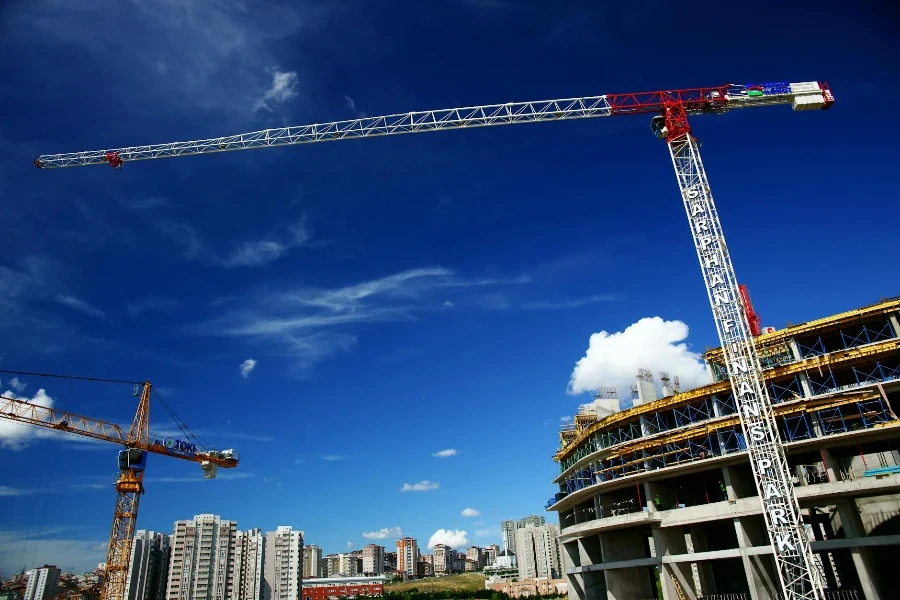
ガントリー クレーン業界では、大幅な技術的進歩が見られ、効率、安全性、使いやすさが向上しています。このセクションでは、最新のガントリー クレーンの最新機能について説明します。
自動化と遠隔制御
自動化とリモート コントロールのテクノロジにより、ガントリー クレーンの操作は大きく変わりました。自動化システムは、繰り返し行われる持ち上げ作業を高精度かつ一貫して実行し、手動による介入を減らします。リモート コントロール機能により、オペレーターは安全な距離からクレーンを制御できるため、安全性と効率が向上します。これらのテクノロジは、化学工場や建設現場などの危険な環境で特に役立ちます。高度なリモート コントロール システムはワイヤレス通信を使用し、他の産業オートメーション システムと統合してシームレスな操作を実現できます。
スマートセンサーとIoTの統合
スマート センサーとモノのインターネット (IoT) の統合により、ガントリー クレーンの監視とメンテナンスが改善されました。センサーは、積載重量、温度、構造の完全性などのパラメータに関するリアルタイム データを提供します。このデータを分析して問題を予測し、予防保守をスケジュールすることで、予期しない故障を減らすことができます。IoT 対応クレーンは中央監視システムと通信し、リモート診断とパフォーマンスの最適化を可能にします。これらのテクノロジにより、安全性、効率性、コスト削減が向上します。
エネルギー効率
エネルギー効率はますます重要になってきており、最新のガントリークレーンは、パフォーマンスを犠牲にすることなく電力消費を削減するために、エネルギー効率の高いモーターと駆動システムを使用して設計されています。回生ブレーキシステムは、ブレーキ中にエネルギーを回収し、それを電力システムにフィードバックすることで、効率を高めます。軽量素材と最適化された構造設計を使用することで、クレーン操作に必要な全体的なエネルギーが削減されます。エネルギー効率の高いガントリークレーンは、運用コストを削減し、環境の持続可能性に貢献します。
安全規格と認証

ガントリー クレーンの安全かつ合法的な操作には、安全基準を遵守し、関連する認証を取得することが不可欠です。このセクションでは、安全基準と必要な認証の重要性について説明します。
企業コンプライアンス
ガントリー クレーンは、安全な操作を保証するために、地域および国際的な安全規制に準拠する必要があります。米国では、労働安全衛生局 (OSHA) がクレーン操作の安全基準を定めています。すべての産業用ガントリー クレーンでは、OSHA 基準への準拠が義務付けられています。さらに、米国機械学会 (ASME) は、クレーンの設計、構築、操作に関するガイドラインを提供しています。これらの規制を遵守することで、事故を防ぎ、作業員と機器の安全を確保できます。
第三者検査機関/業界認定
業界認証は、ガントリー クレーンの品質と安全性を示します。ISO 9001 などの認証は、製造業者が厳格な品質管理慣行に従っていることを示します。国際電気標準会議 (IEC) および欧州標準化委員会 (CEN) の要件を満たすクレーンは、電気的および機械的安全性が認証されています。これらの認証を取得することは、品質と安全性に対する製造業者の取り組みを示すものであり、購入者に安心感を与えます。
定期的な点検とメンテナンス
ガントリー クレーンの安全な操作を継続するには、定期的な検査とメンテナンスが不可欠です。安全基準では、事故につながる前に潜在的な問題を特定して対処するために定期的な検査が義務付けられています。メンテナンス作業には、構造の完全性の確認、可動部品の潤滑、安全機構のテストが含まれます。包括的なメンテナンス プログラムにより、クレーンの寿命を延ばし、操作の中断を減らすことができます。製造元のメンテナンス ガイドラインに従い、検査と修理の詳細な記録を保管してください。
ガントリークレーンの革新的な応用
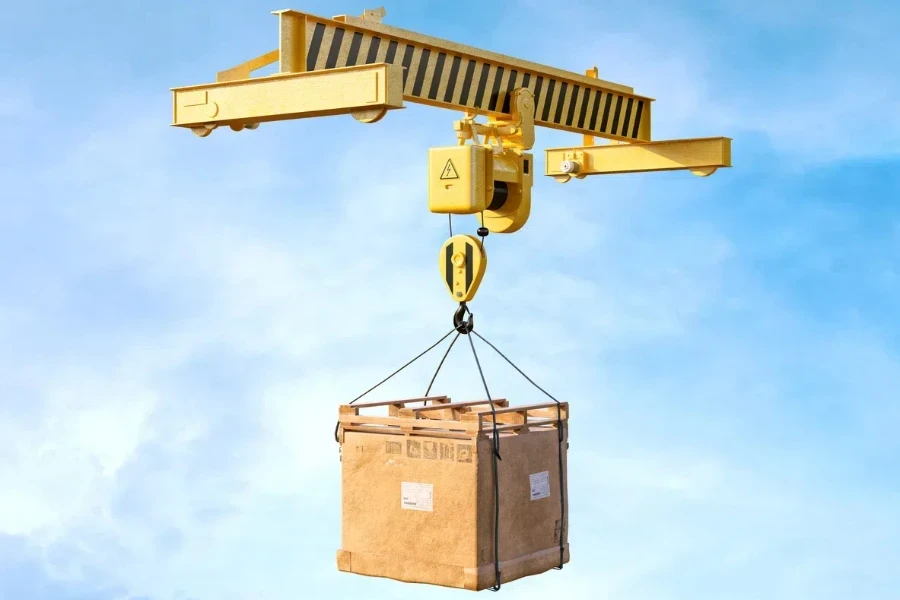
ガントリークレーンは、さまざまな業界で重量物の持ち上げや輸送に使用される多目的機械です。このセクションでは、さまざまな分野における革新的なアプリケーションをいくつか紹介します。
建設業
建設現場では、ガントリー クレーンは鋼材、コンクリート ブロック、プレハブ部品などの重い資材を持ち上げて配置します。広い範囲をカバーし、かなりの荷重を処理できるため、建設現場に最適です。移動式ガントリー クレーンは現場の資材の移動に便利ですが、固定式ガントリー クレーンは高い安定性と精度が求められる作業に使用されます。建設現場でガントリー クレーンを使用すると、効率が向上し、手作業が軽減され、生産性が向上します。
造船・海事産業
造船および海運業界では、船の組み立てや修理にガントリー クレーンが使用されています。高荷重容量と長いスパンを備えたクレーンは、船体セクション、エンジン、プロペラなどの大型船部品を持ち上げて配置します。また、港湾業務に不可欠な船からの貨物の積み下ろしにも使用されます。自動化やリモート コントロールなどの機能により、この業界の効率と安全性が向上します。
製造と倉庫
製造業や倉庫業では、ガントリー クレーンが材料物流を担当します。ガントリー クレーンでは、重機、原材料、完成品を持ち上げて輸送します。精密な位置決め機能を備えたクレーンは、ワークステーション間で部品を移動するために組立ラインで使用されます。倉庫では、移動式ガントリー クレーンによって商品の移動が容易になり、在庫管理が改善され、処理時間が短縮されます。スマート センサーと IoT テクノロジによって機能性が向上し、業務が効率化されます。
最終的な考え
適切なガントリー クレーンを選択するには、特定の運用ニーズを理解し、さまざまな技術的および機能的要因を考慮する必要があります。荷重容量、スパンの長さ、吊り上げ高さ、可動性、および製造品質に焦点を当てて、要件を満たし、効率を高めるクレーンを選択してください。技術の進歩を常に把握し、安全基準を順守することで、さまざまな産業用途でガントリー クレーンを安全かつ効率的に使用できます。
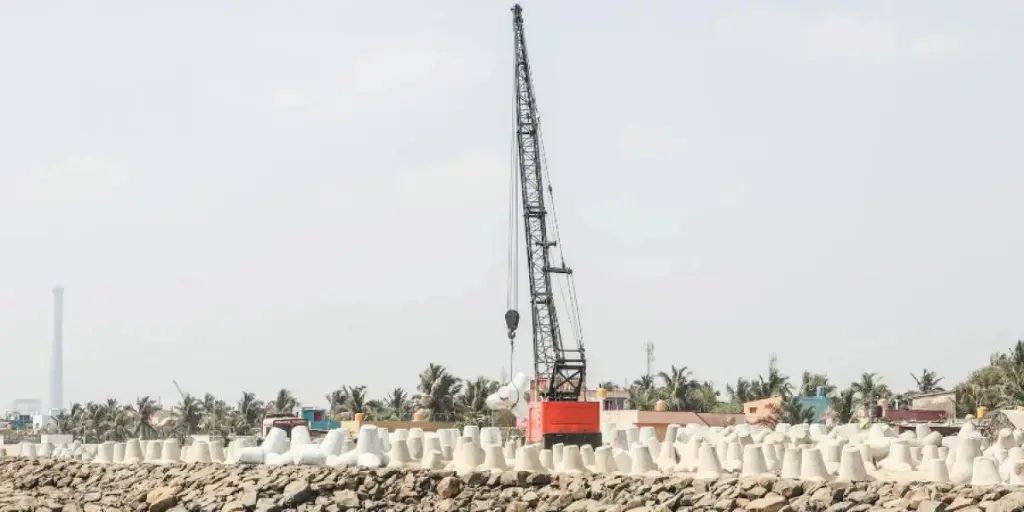




 বাংলা
বাংলা Nederlands
Nederlands English
English Français
Français Deutsch
Deutsch हिन्दी
हिन्दी Bahasa Indonesia
Bahasa Indonesia Italiano
Italiano 日本語
日本語 한국어
한국어 Bahasa Melayu
Bahasa Melayu മലയാളം
മലയാളം پښتو
پښتو فارسی
فارسی Polski
Polski Português
Português Русский
Русский Español
Español Kiswahili
Kiswahili ไทย
ไทย Türkçe
Türkçe اردو
اردو Tiếng Việt
Tiếng Việt isiXhosa
isiXhosa Zulu
Zulu